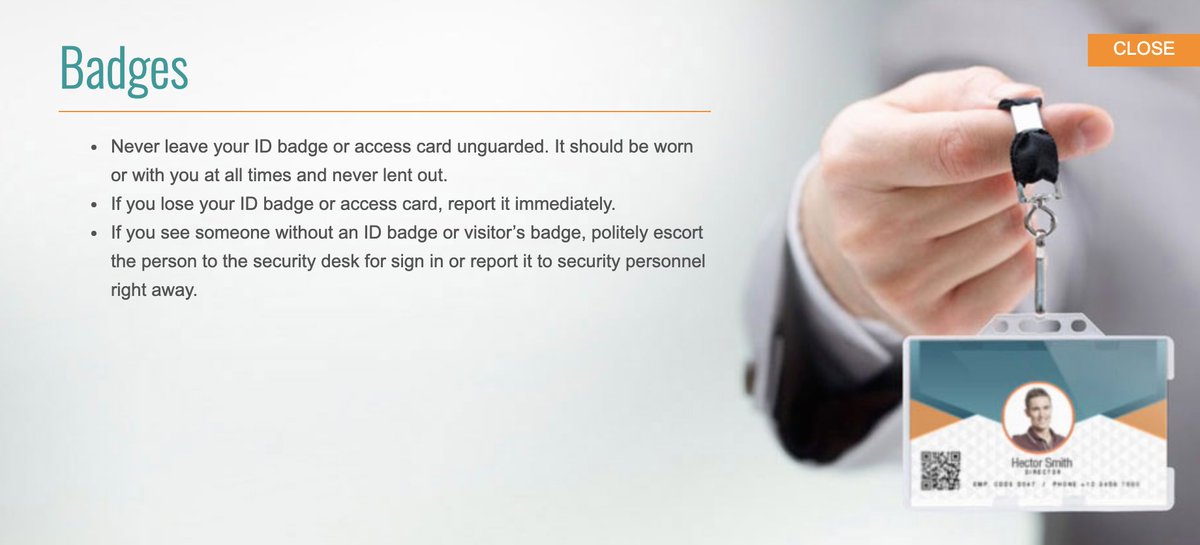
When scoping and naming events for use with a product like @Amplitude_HQ, there are five factors to consider:
🕸️ coverage
🔍 locate and select events
✨ efficient querying
📈 quality of insights
🛠️ maintain event usability on an ongoing basis
Let's cover each one
1/n
🕸️ coverage
🔍 locate and select events
✨ efficient querying
📈 quality of insights
🛠️ maintain event usability on an ongoing basis
Let's cover each one
1/n
2/n 🕸️ coverage
You can't use data you're not collecting. For "just in case" events with a low probability of use, you can afford a high level of abstraction (e.g. page view or click).
Higher likelihood = more specific and granular
Test: What is the likelihood we'll need it?
You can't use data you're not collecting. For "just in case" events with a low probability of use, you can afford a high level of abstraction (e.g. page view or click).
Higher likelihood = more specific and granular
Test: What is the likelihood we'll need it?
3/n 🔍 locate & select events
You've got to be able to FIND events. Events that are too abstract OR too granular can be difficult to find.
Test: Ask someone from another team:
"how would you search for this?"
ability to locate beats syntactic perfection
You've got to be able to FIND events. Events that are too abstract OR too granular can be difficult to find.
Test: Ask someone from another team:
"how would you search for this?"
ability to locate beats syntactic perfection
4/n ✨ efficient querying
Ideally you want to be able to use the events efficiently.
Say that you need five WHERE clauses whenever you use an event...that's going to be a pain.
Test: Imagine how people will actually use the event. What will they need to configure?
Ideally you want to be able to use the events efficiently.
Say that you need five WHERE clauses whenever you use an event...that's going to be a pain.
Test: Imagine how people will actually use the event. What will they need to configure?
5/n 📈 quality of insights
Do a quick brainstorm of 5-10 questions (ideally a variety... a funnel, path, count, count with various group bys, cohort, etc.) you might want to answer and use that as a sanity check.
Don't stress about predicting each and every question.
Do a quick brainstorm of 5-10 questions (ideally a variety... a funnel, path, count, count with various group bys, cohort, etc.) you might want to answer and use that as a sanity check.
Don't stress about predicting each and every question.
6/n 🛠️ maintain event usability on an ongoing basis
Future proof events. Be deliberate about putting "implementation details" (e.g. today's interface) in event properties, and keeping the events domain oriented ("order submitted") vs. ("order button clicked")
Hope this helps.
Future proof events. Be deliberate about putting "implementation details" (e.g. today's interface) in event properties, and keeping the events domain oriented ("order submitted") vs. ("order button clicked")
Hope this helps.
• • •
Missing some Tweet in this thread? You can try to
force a refresh





